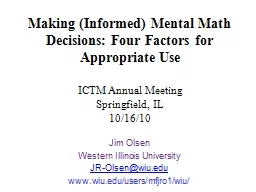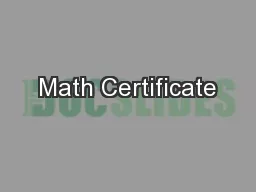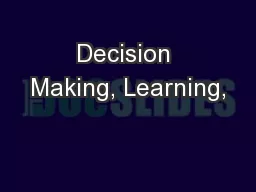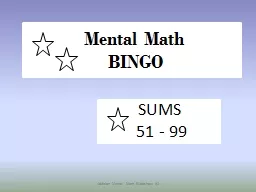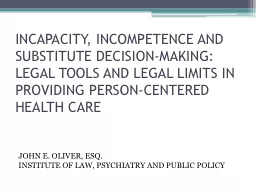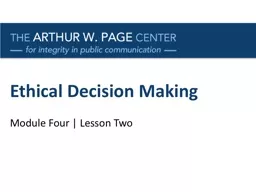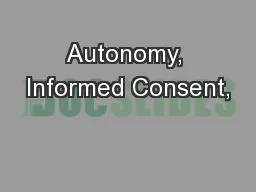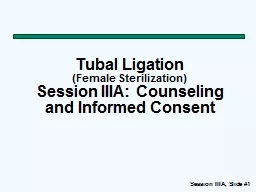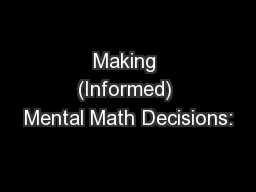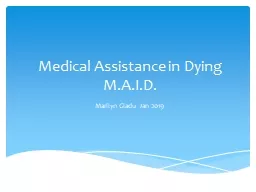PPT-Making (Informed) Mental Math Decisions:
Author : marina-yarberry | Published Date : 2018-12-22
Four Factors for Appropriate Use ICTM Annual Meeting Springfield IL 101610 Jim Olsen Western Illinois University JROlsenwiuedu wwwwiueduusersmfjro1wiu Purpose
Presentation Embed Code
Download Presentation
Download Presentation The PPT/PDF document "Making (Informed) Mental Math Decisions:" is the property of its rightful owner. Permission is granted to download and print the materials on this website for personal, non-commercial use only, and to display it on your personal computer provided you do not modify the materials and that you retain all copyright notices contained in the materials. By downloading content from our website, you accept the terms of this agreement.
Making (Informed) Mental Math Decisions:: Transcript
Download Rules Of Document
"Making (Informed) Mental Math Decisions:"The content belongs to its owner. You may download and print it for personal use, without modification, and keep all copyright notices. By downloading, you agree to these terms.
Related Documents

